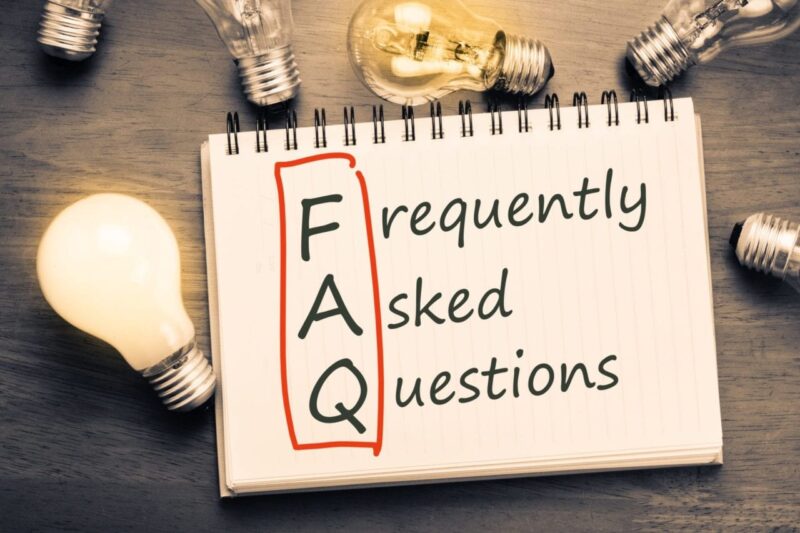When asked, those over 55 who felt they should make a contribution to care thought this should be an average of £3,600 for a lifetime of care, which is far less than a typical annual bill for supported care.
In reality, typical care costs for just one year are currently about £35,000. While the majority of over-55s would prefer not to pay for care, they do concede that it is unlikely that the State will be able to pay for everyone’s care. The most popular funding options were for the ‘better off’ to contribute to the cost of their own care with the Government picking up the tab for everyone else (51%) or for those who can’t afford to contribute to the cost of care (36%).
How affordability is determined was a matter for debate with some suggesting it should be based on current assets (16%) and others feeling lifetime income (14%) should be the yardstick. Irrespective of what system was used, more than half (53%) said there should be a cap on how much an individual was forced to pay towards their own care.
More worrying is that the Aviva survey found that the more immediately pressing concern among pensioners is battling rising inflation and falling incomes. Researchers found that the 75-plus group have been worst hit by falling interest on savings and the rising price of gas, electricity, rent and food. The average monthly income among over-75s fell below £1,000 in September 2011 for the first time since the Aviva Real retirement Survey Project began tracking pensioner incomes two years ago.
The cost of care is a significant worry among the elderly, according to the survey, which found that 12% of the over-55s are “terrified” of the potential bill, with only 2% saying they had plans in place to finance care in their retirement. There is some hope that the situation might change, with the recent report to the Government by the Dilnot Commission recommending that the threshold for people requiring to pay for care should be set at £100,000, with a lifetime cap on care fees of £35,000. However, all this is in the context of the present state and the future of the



